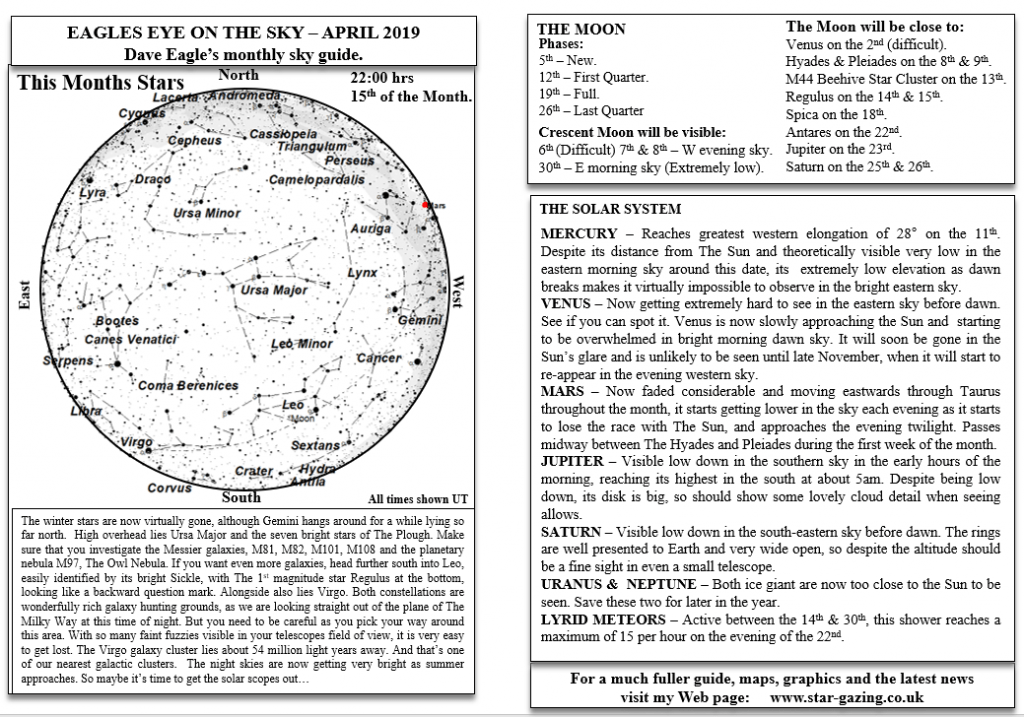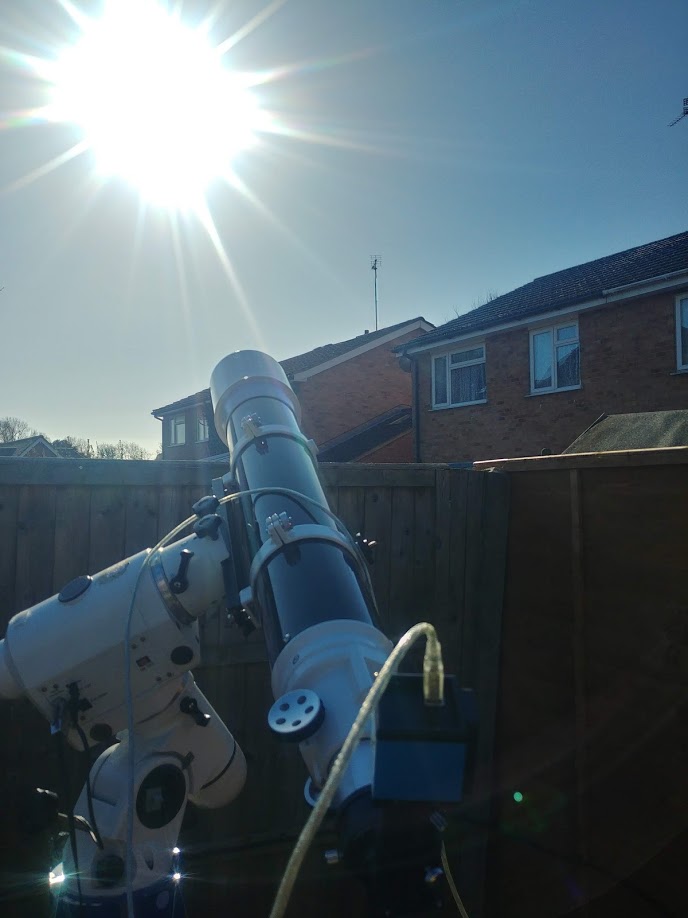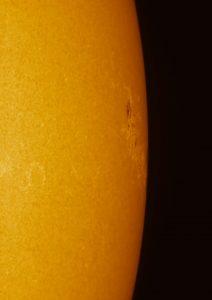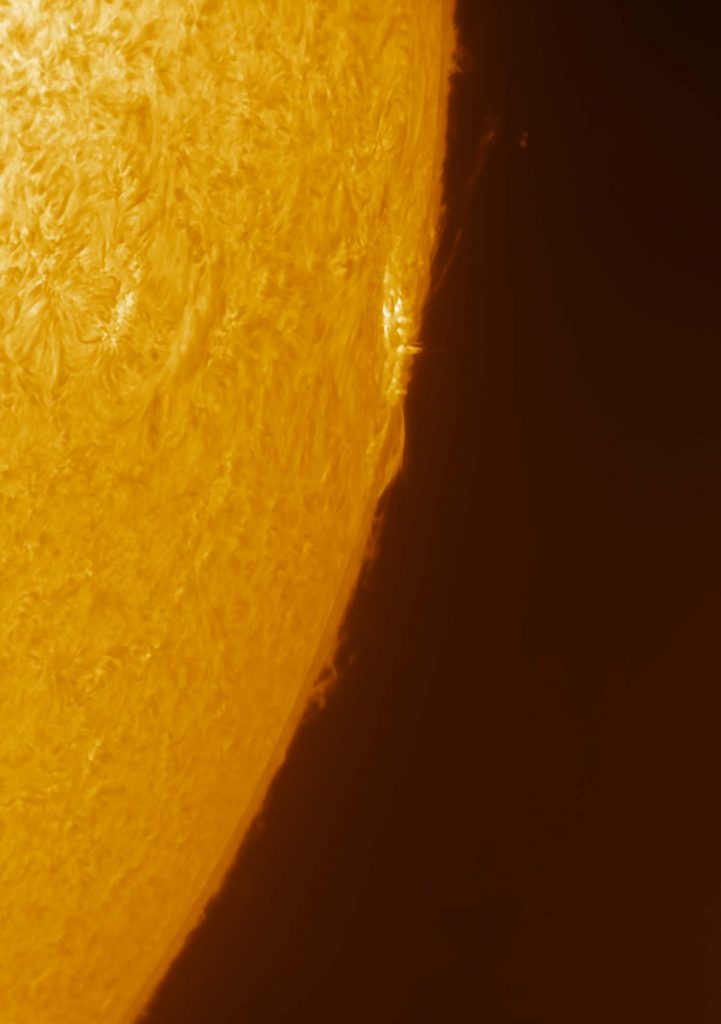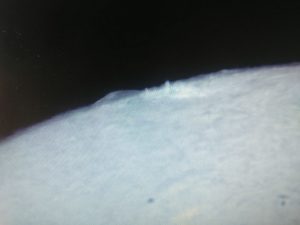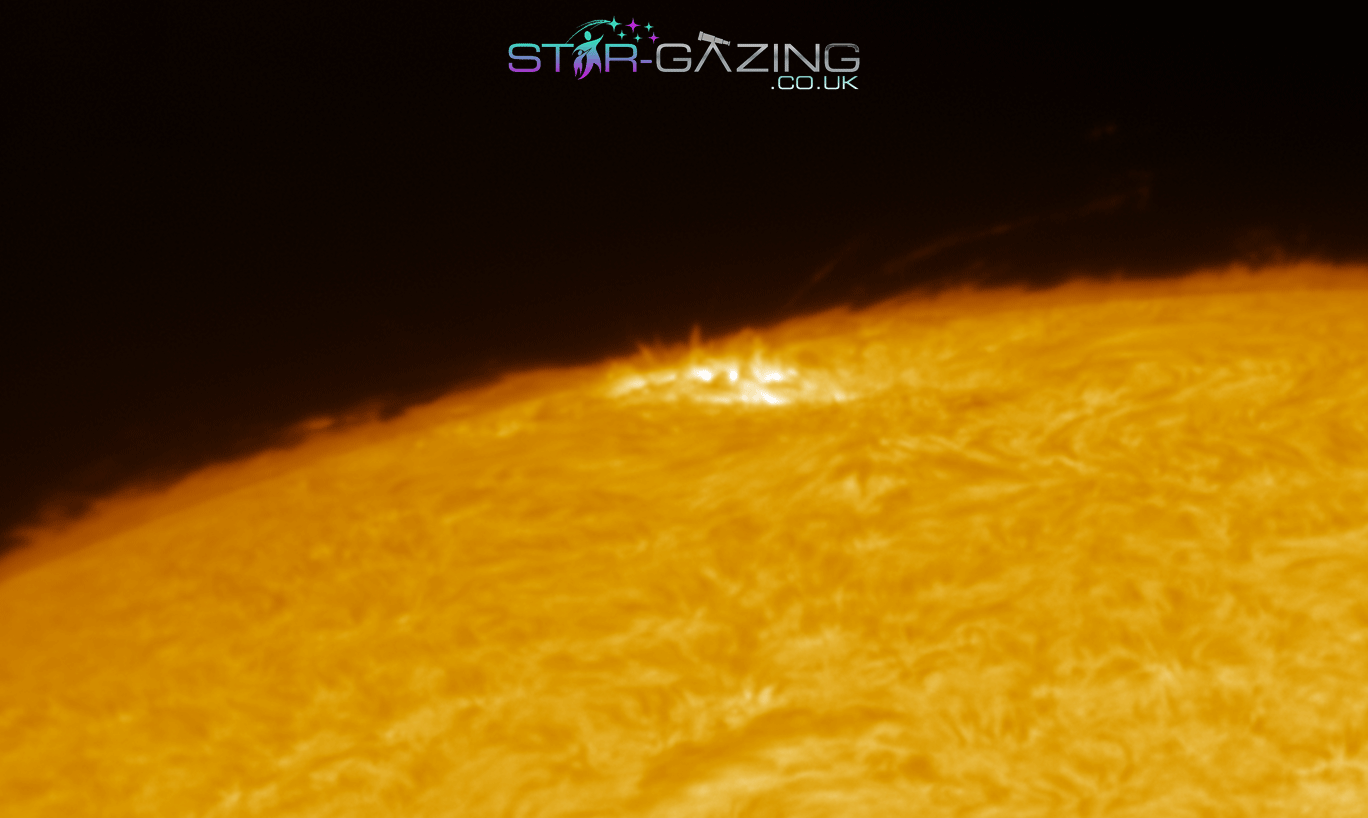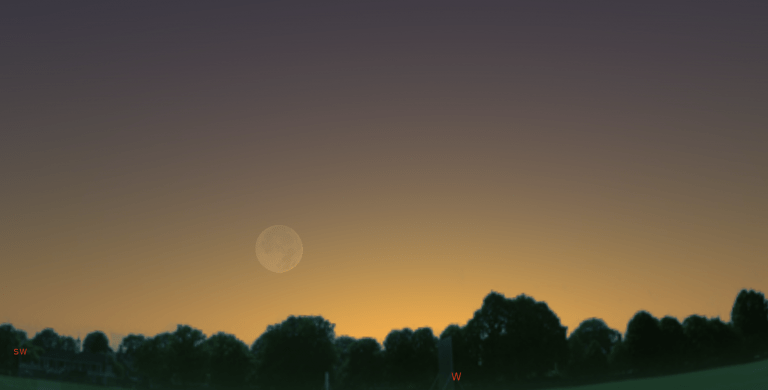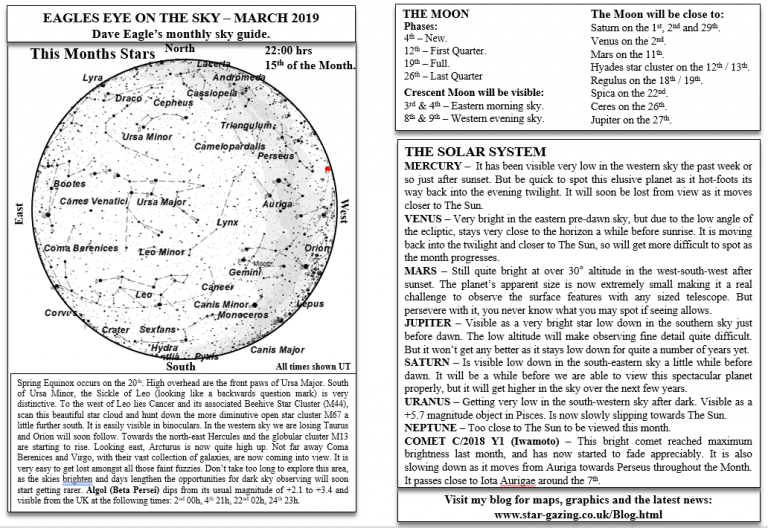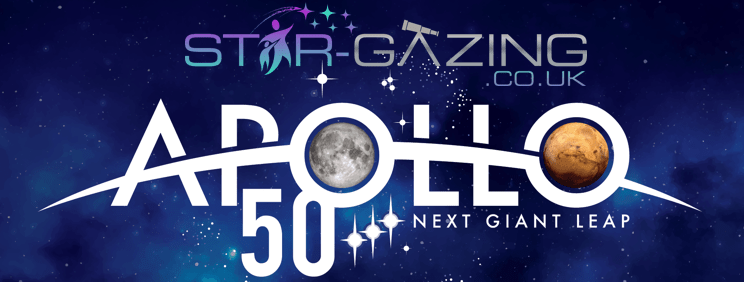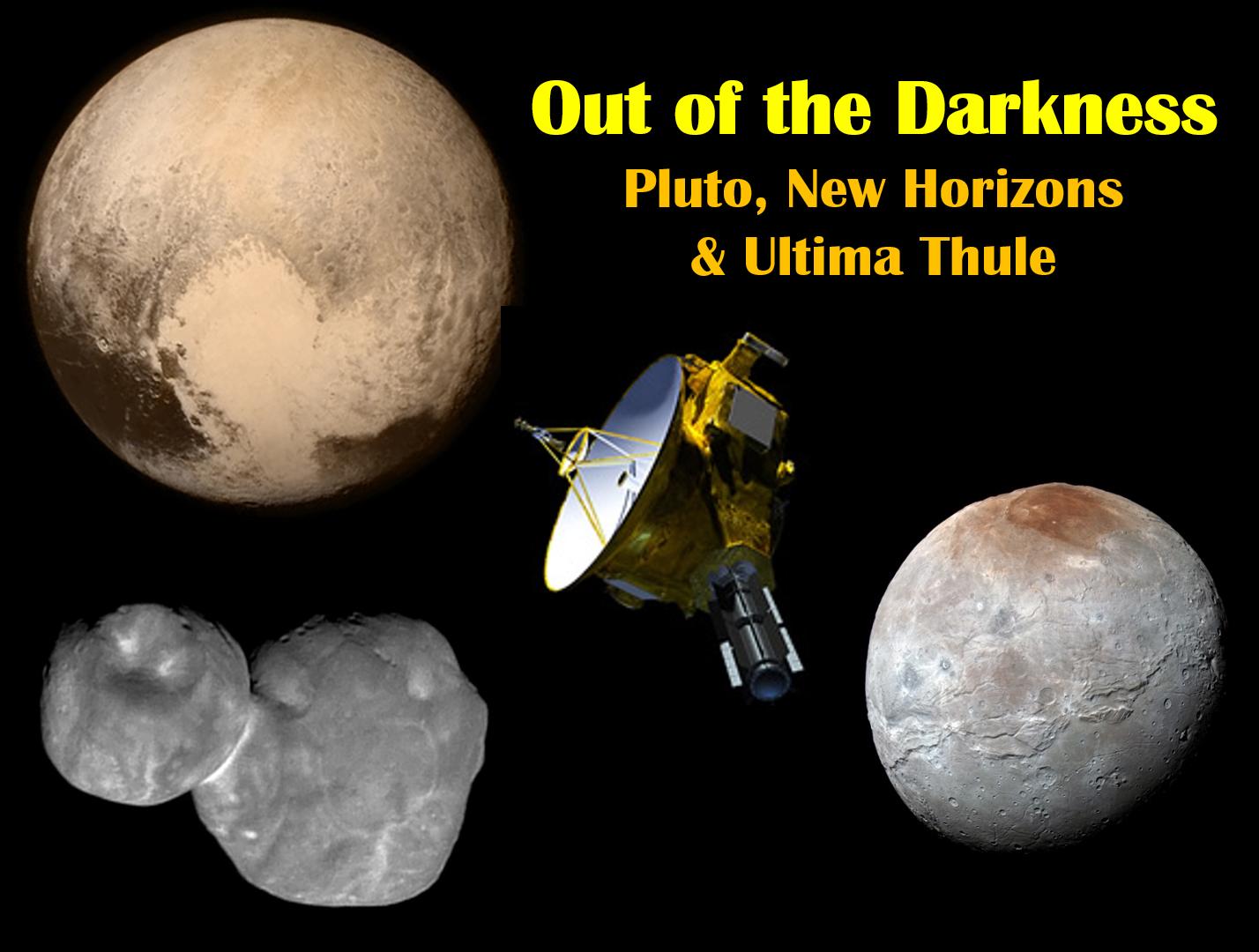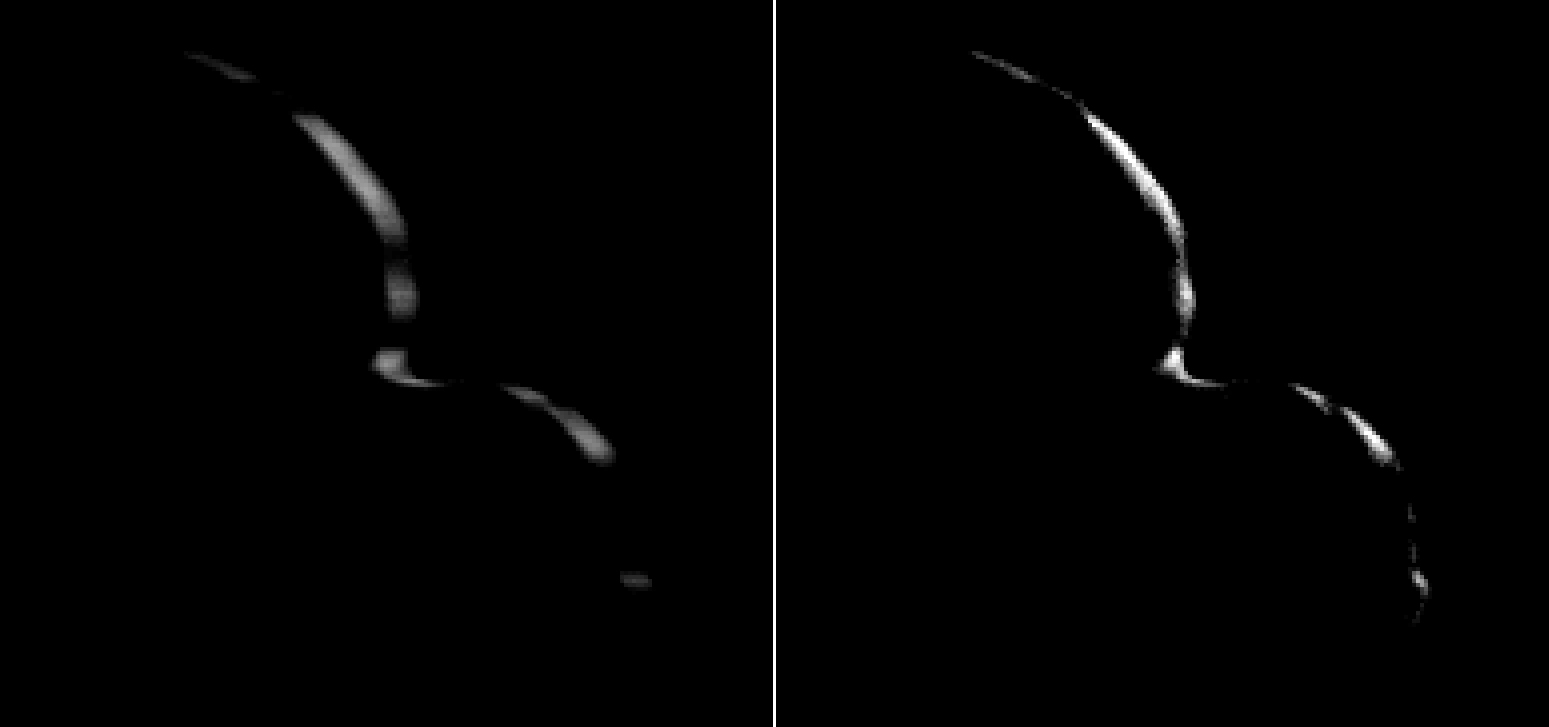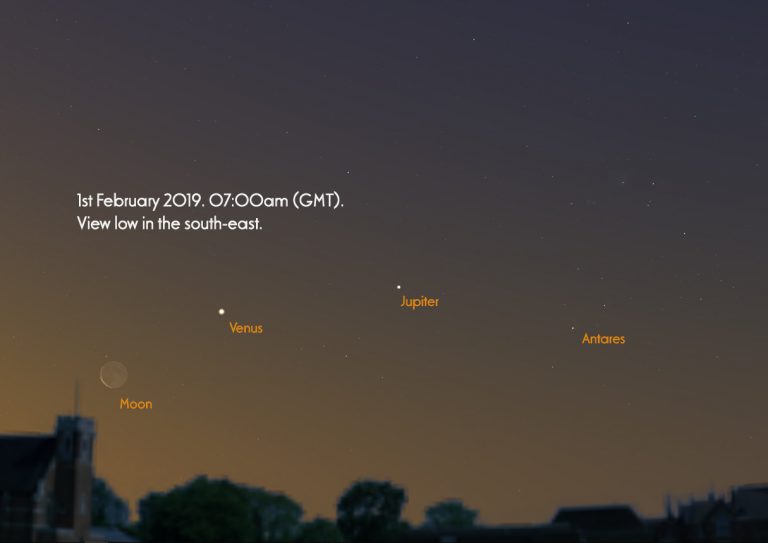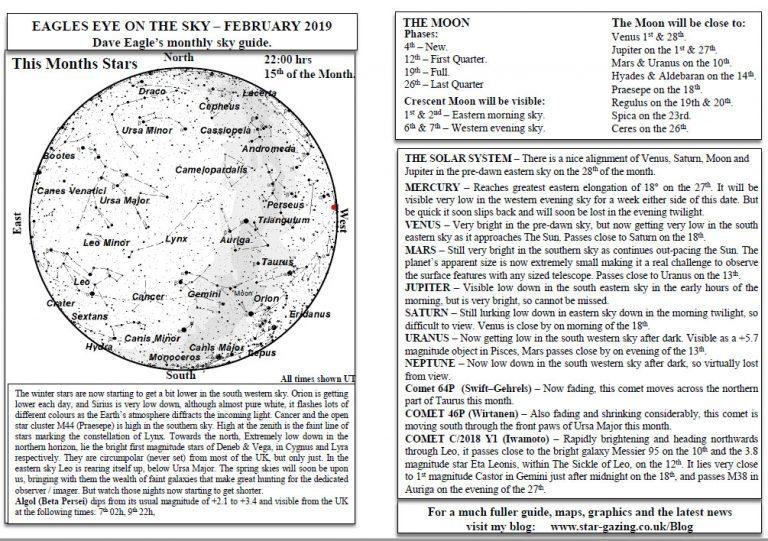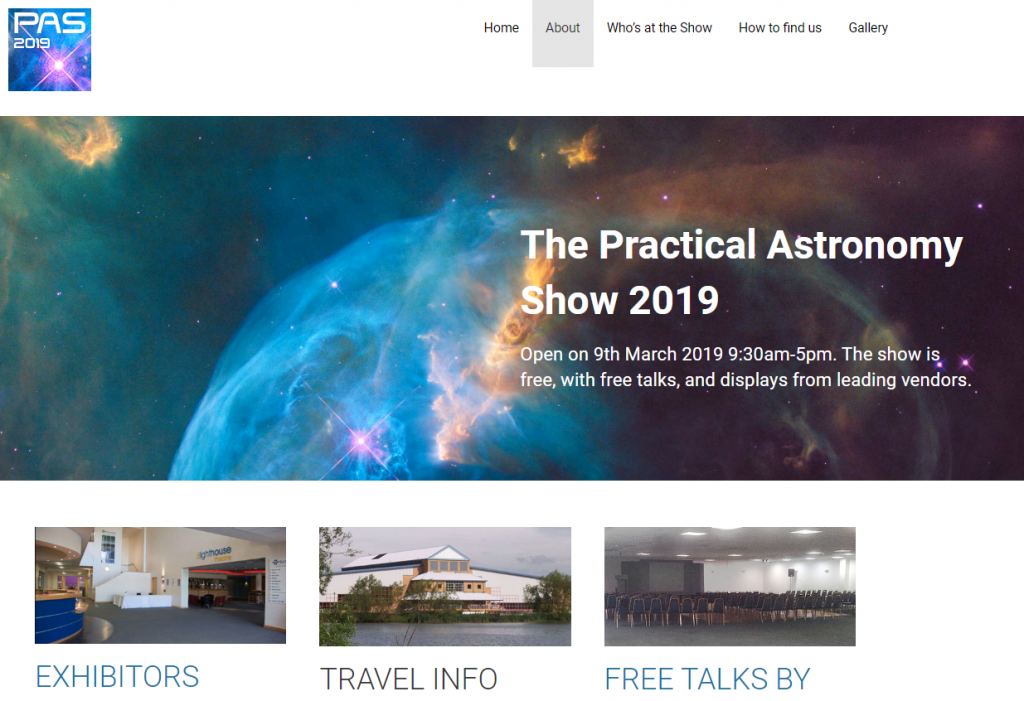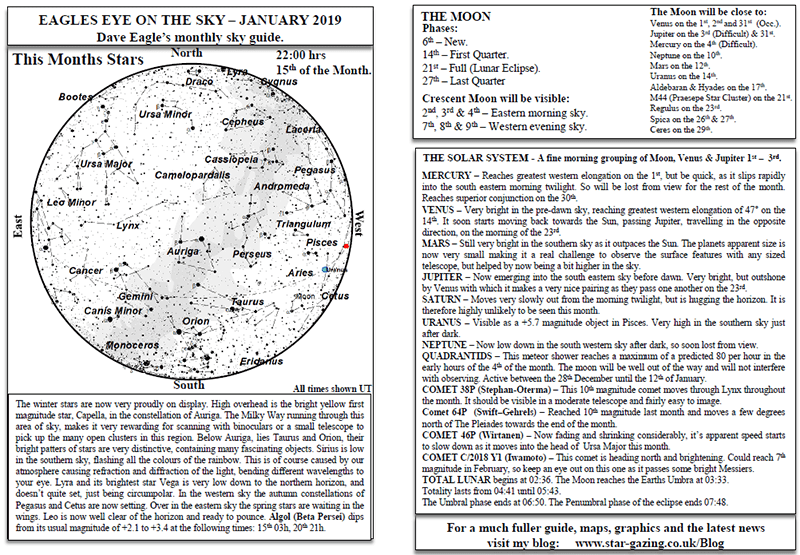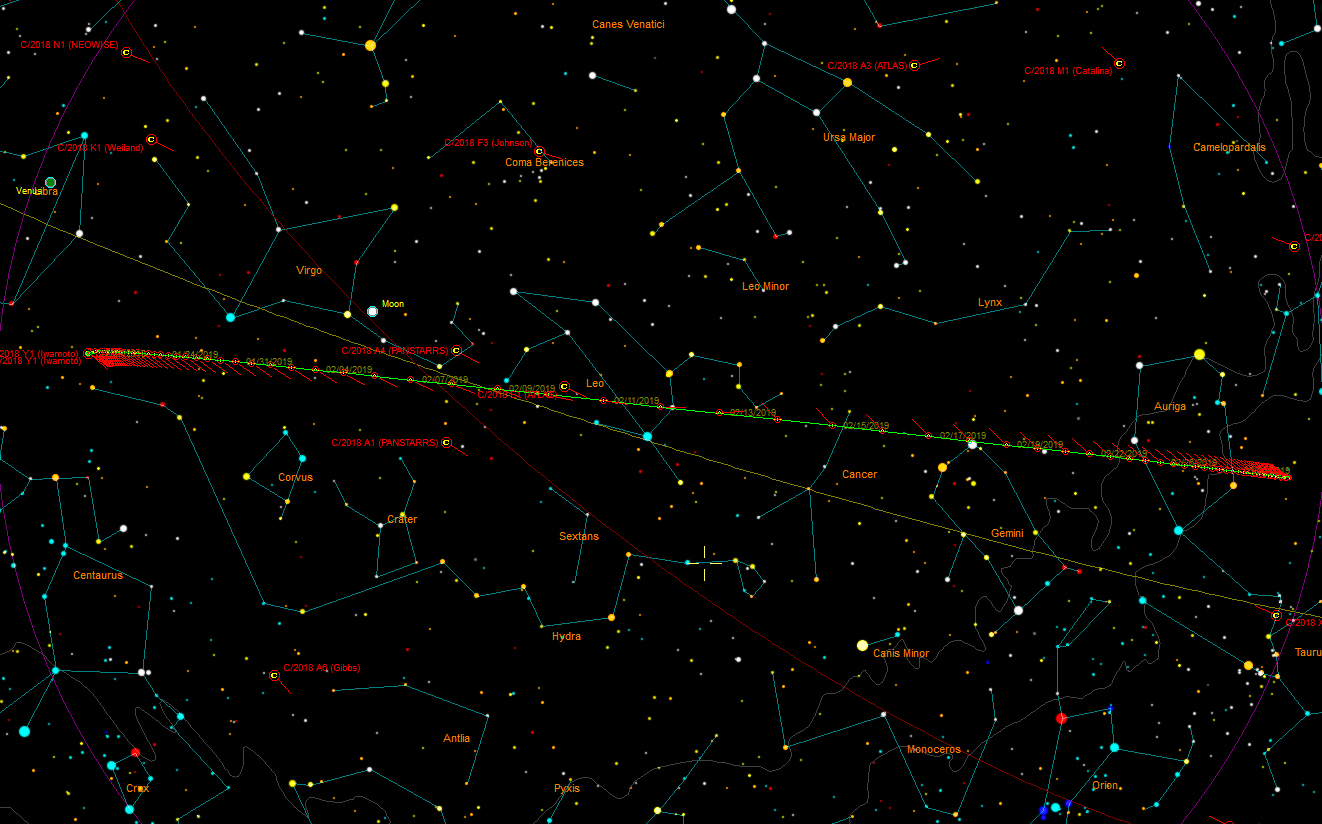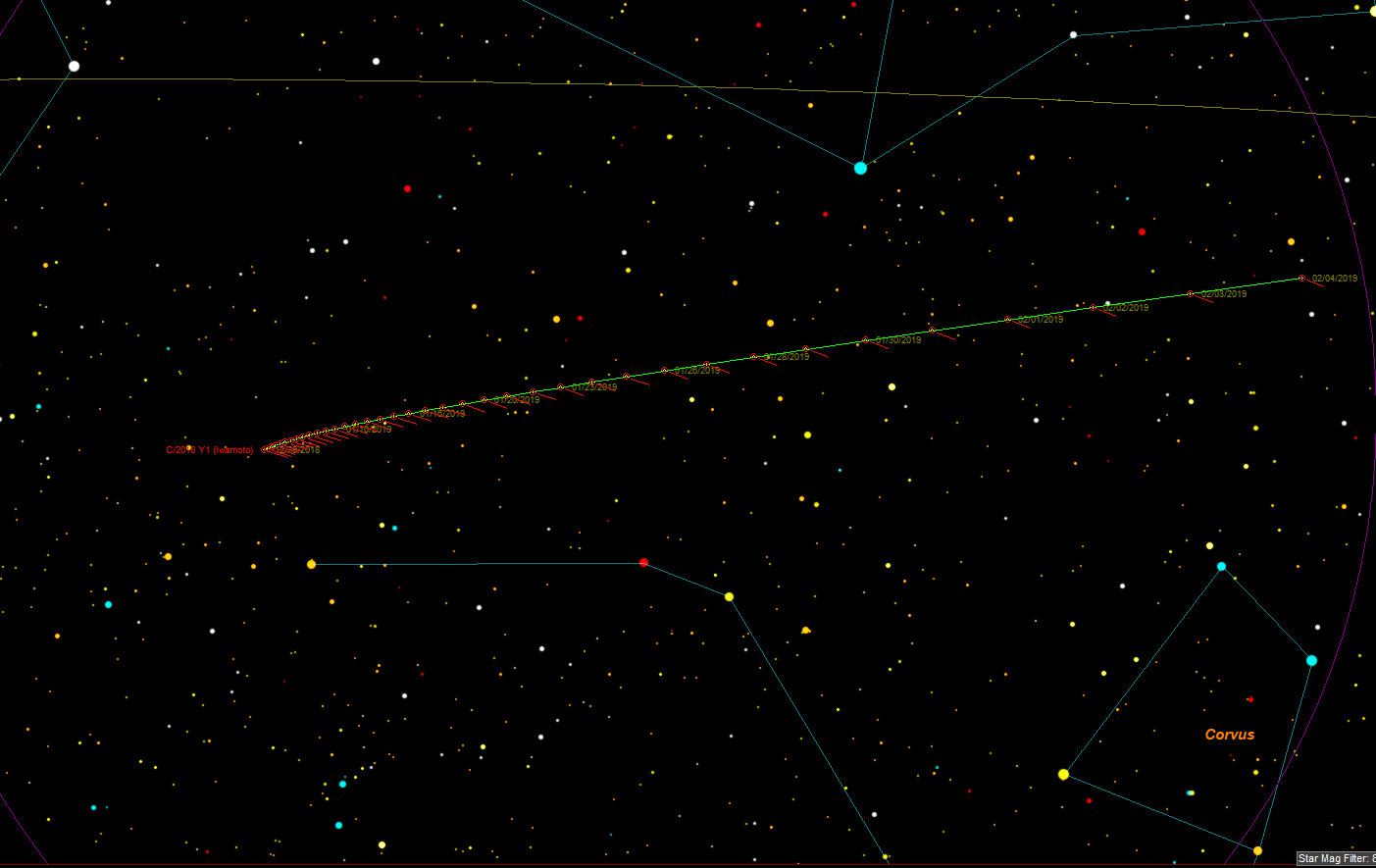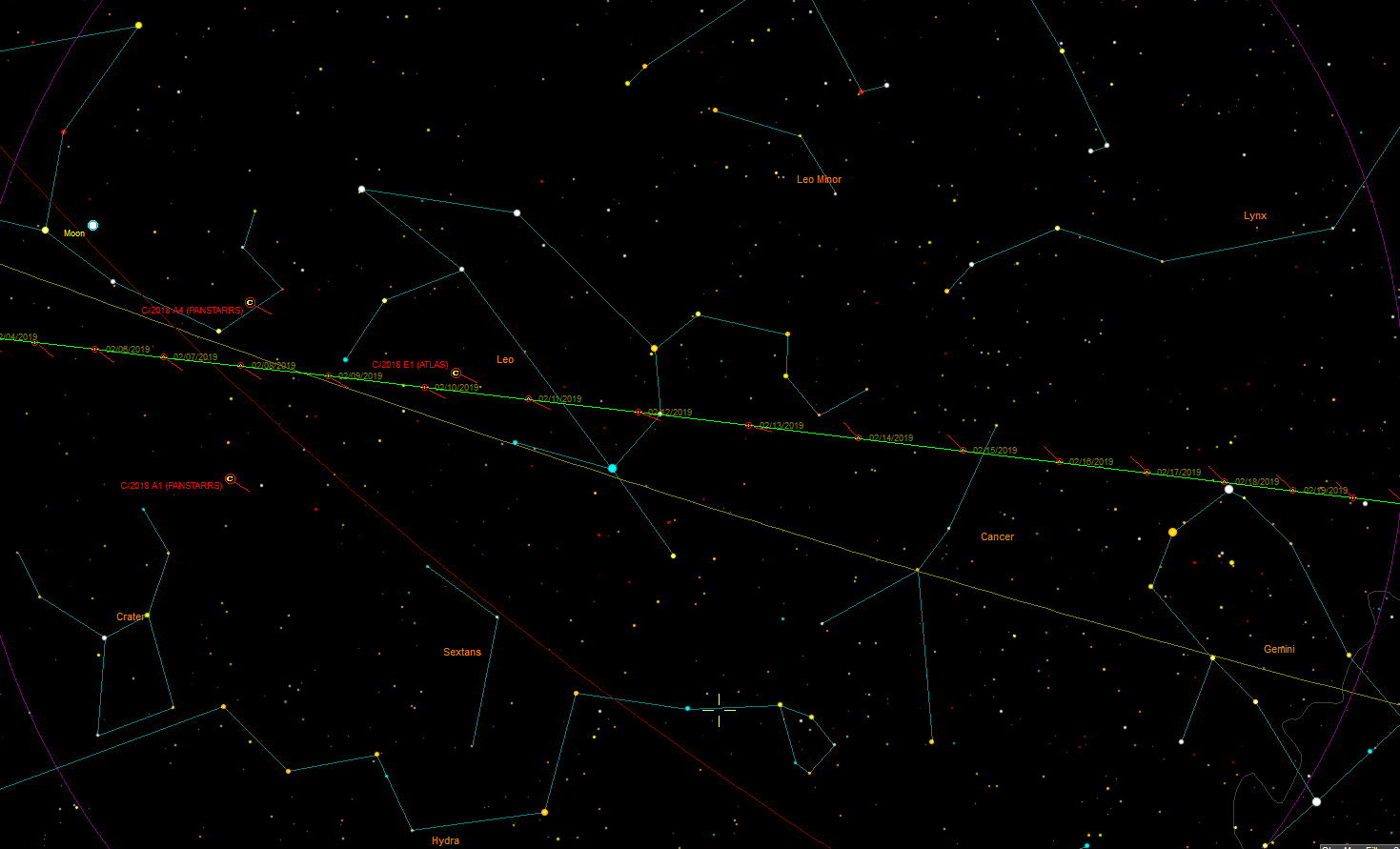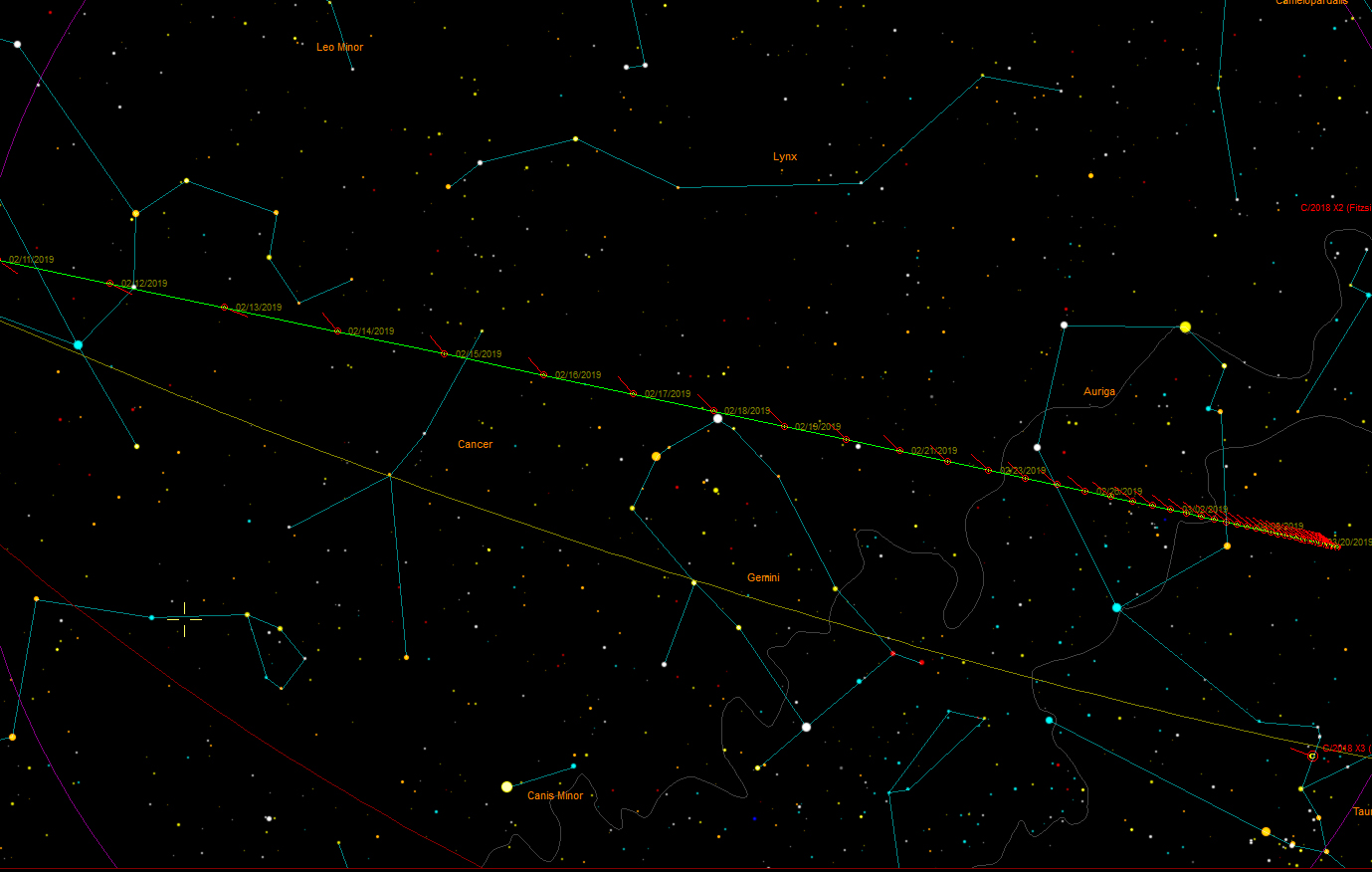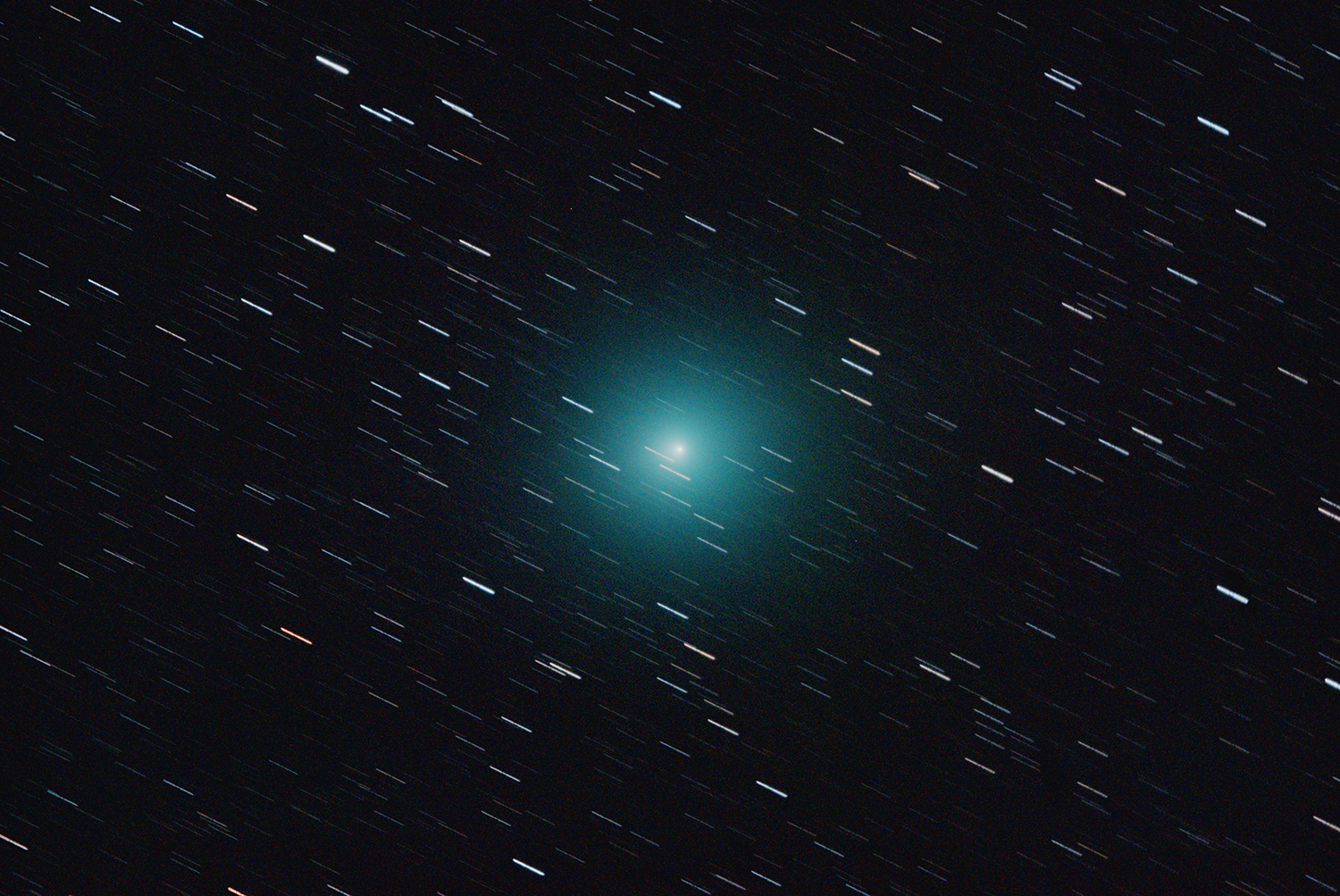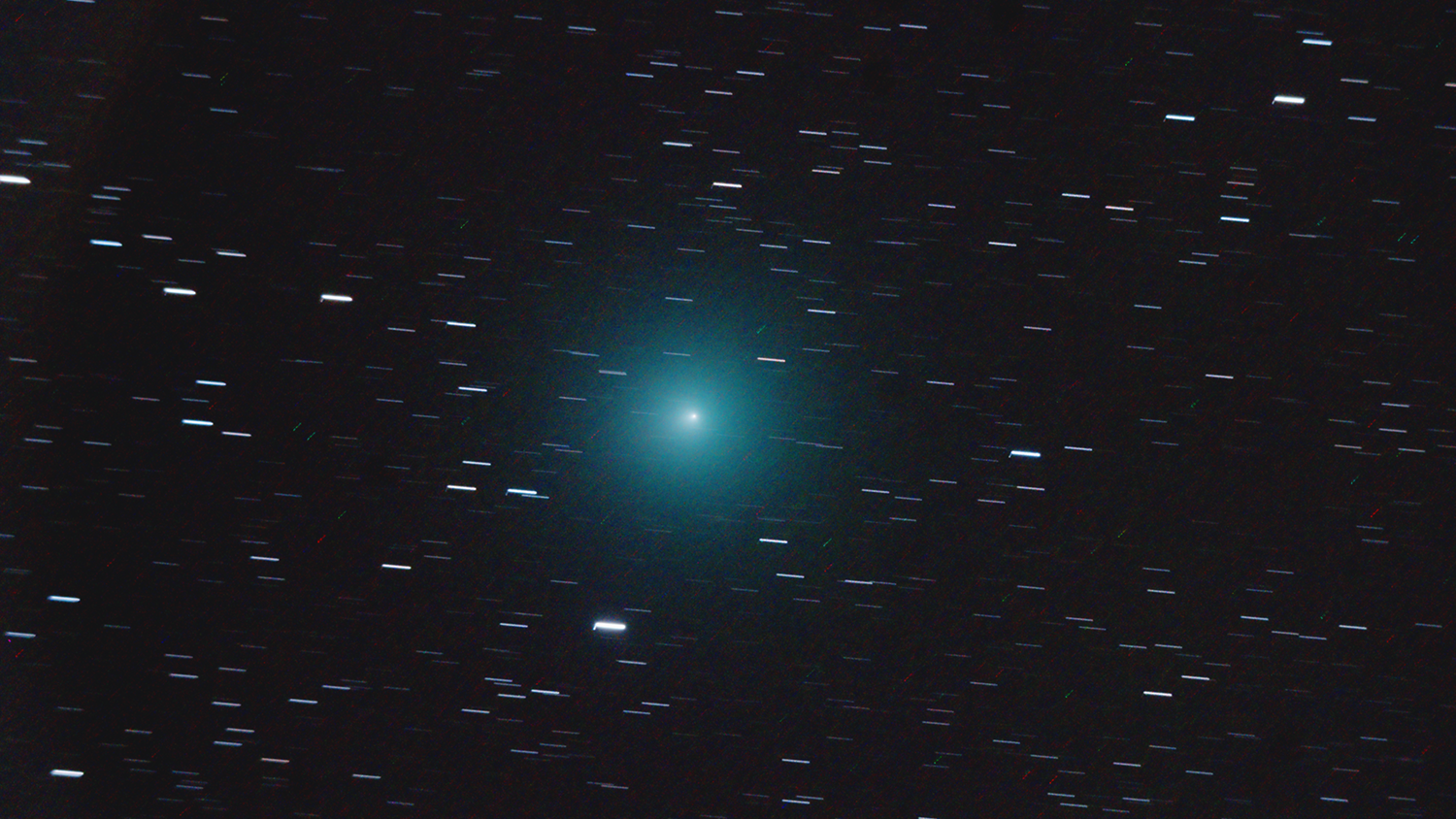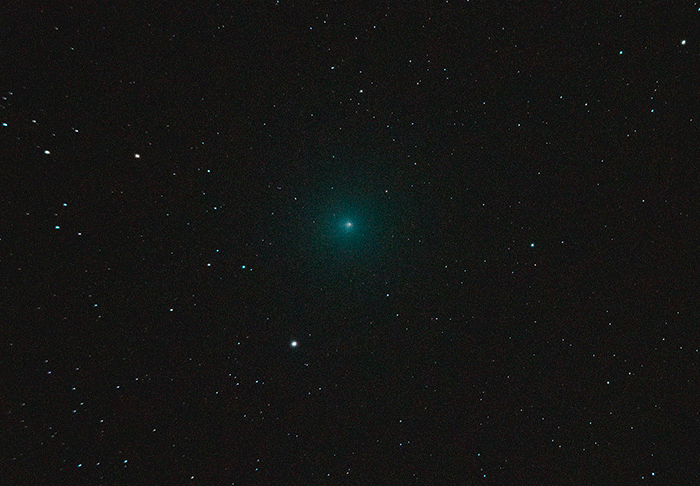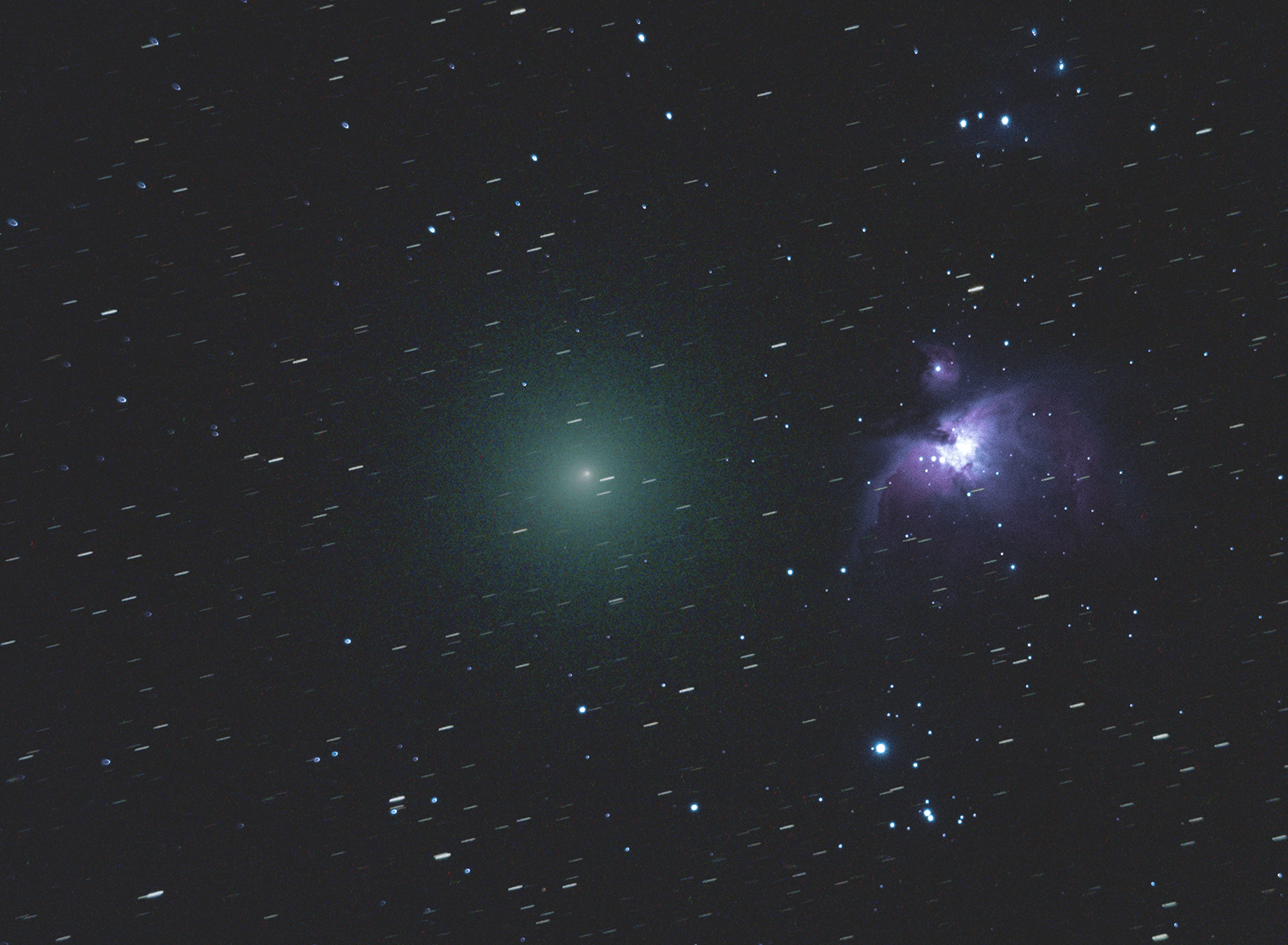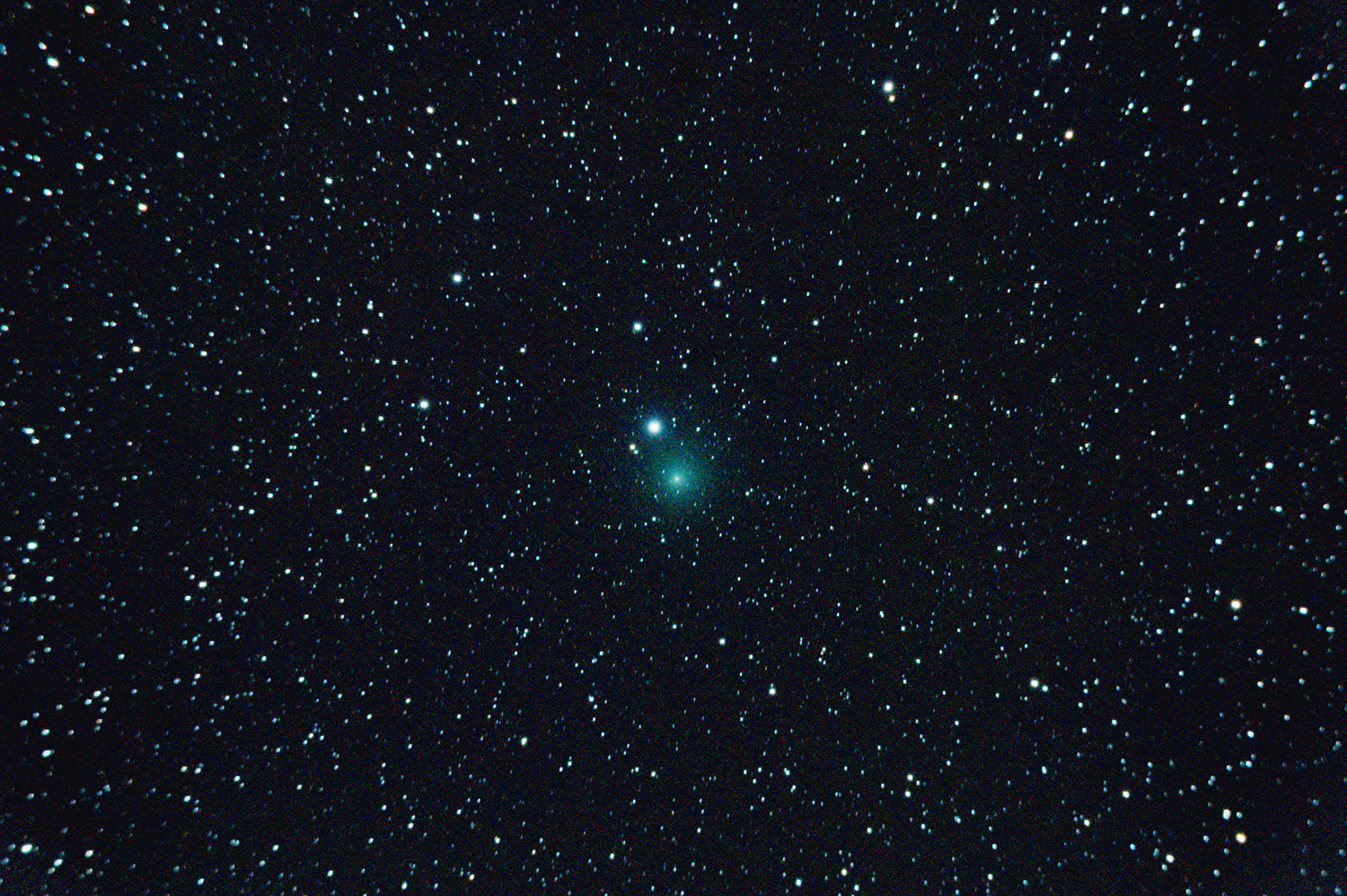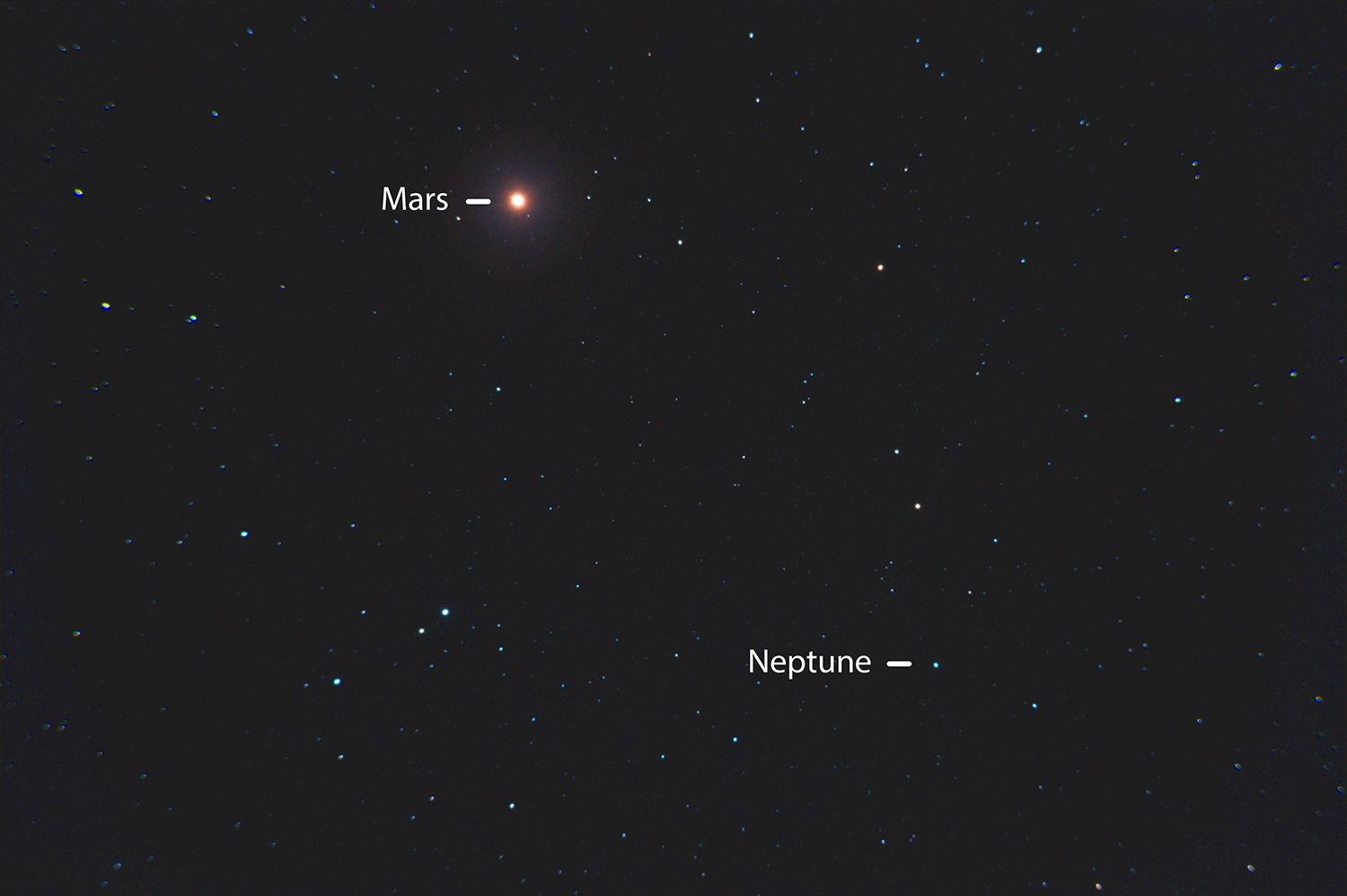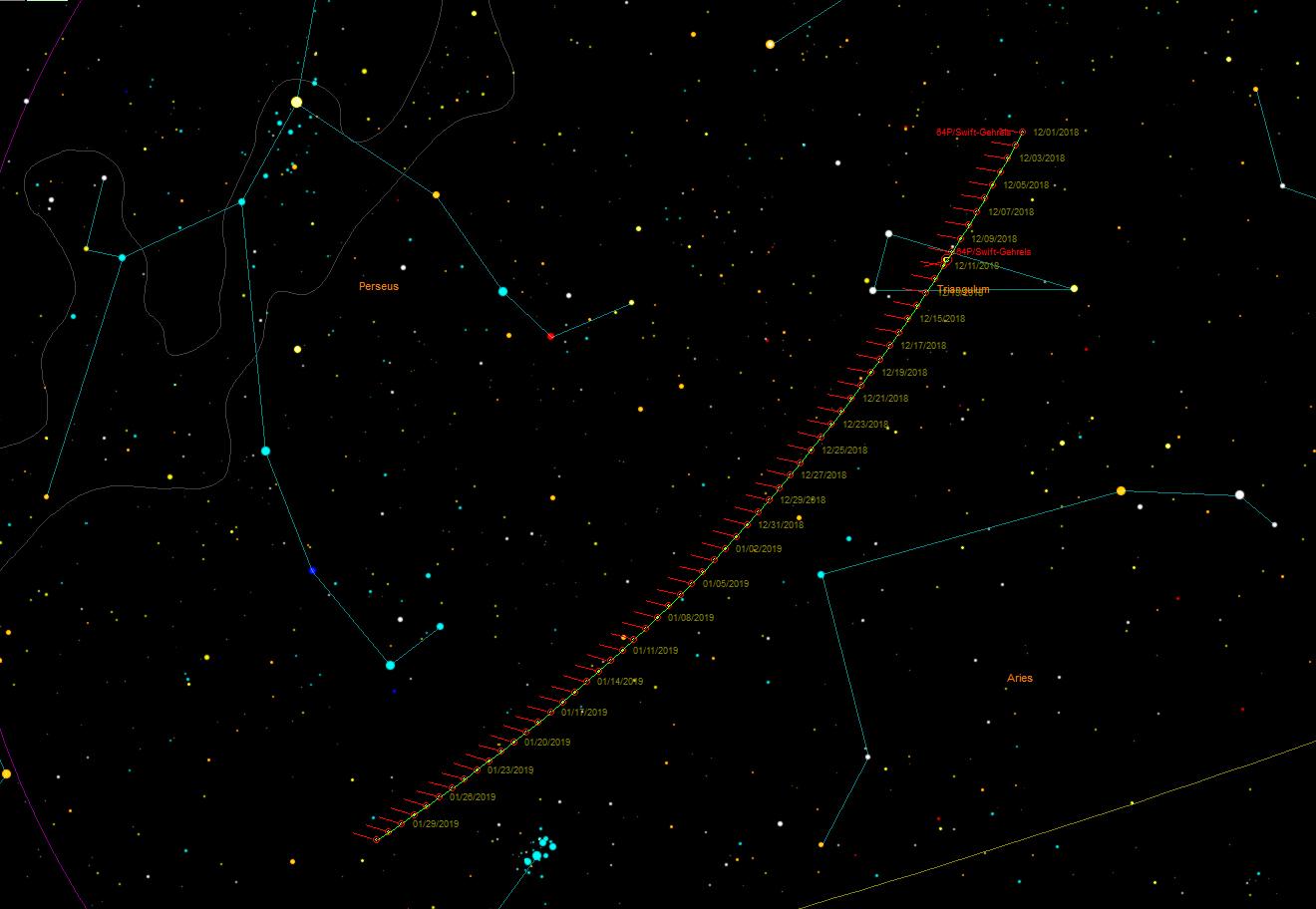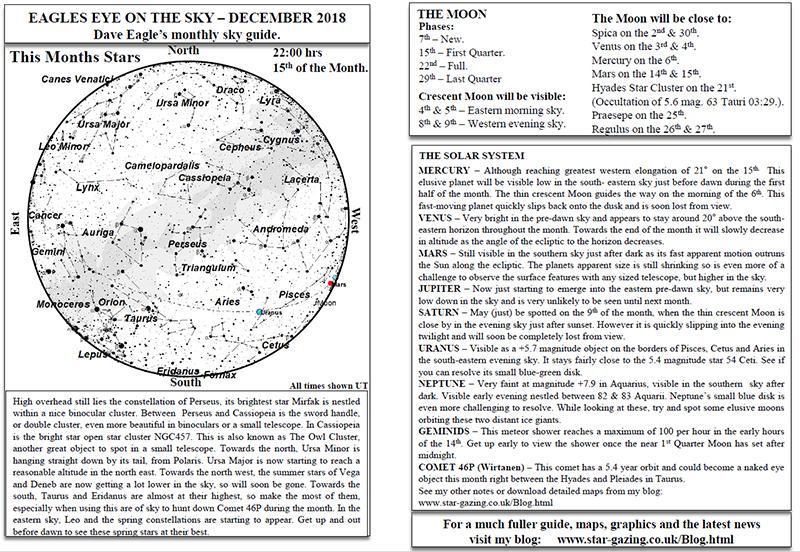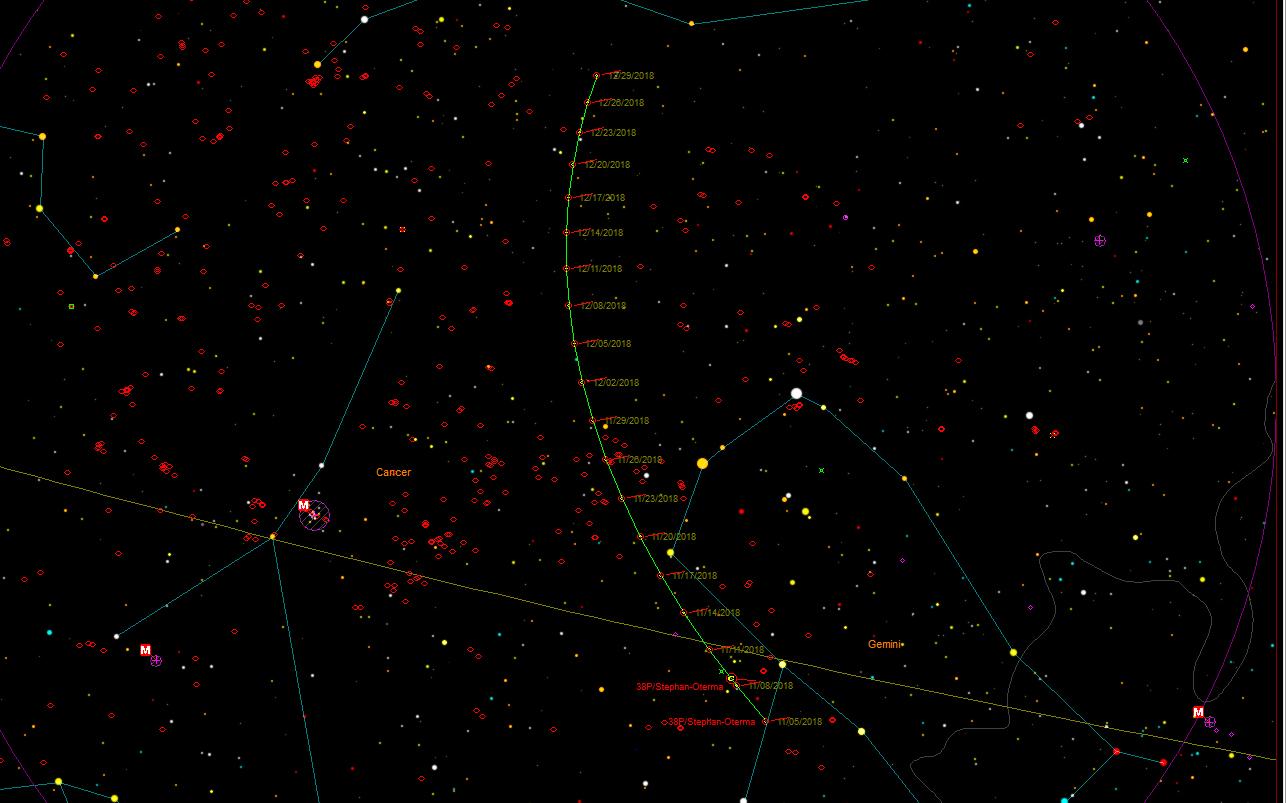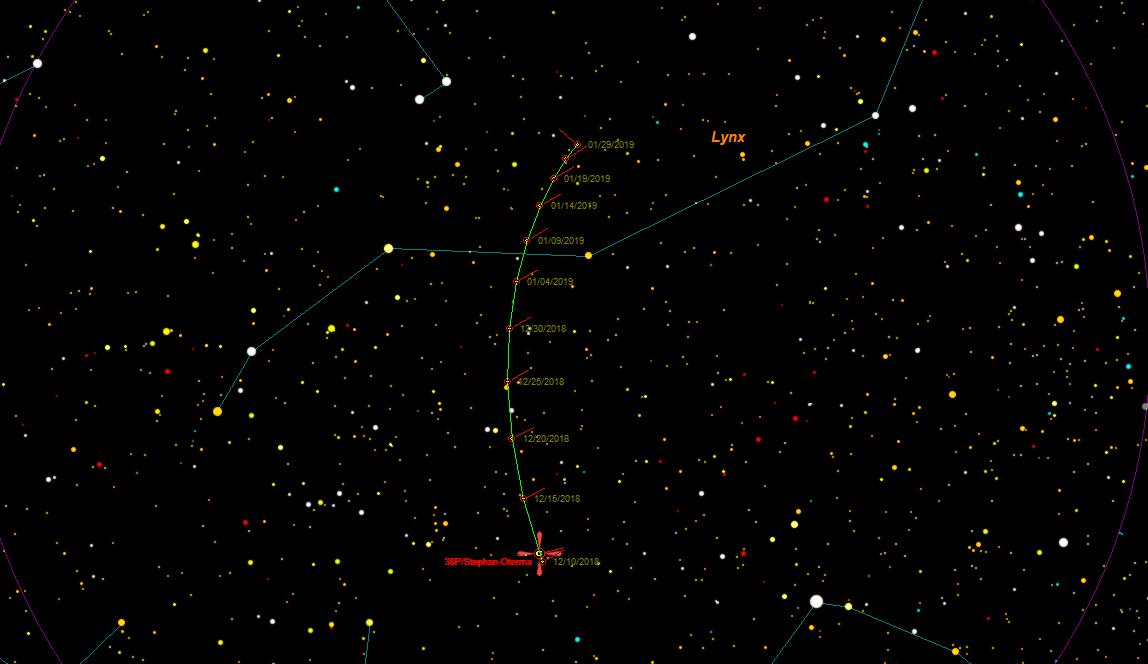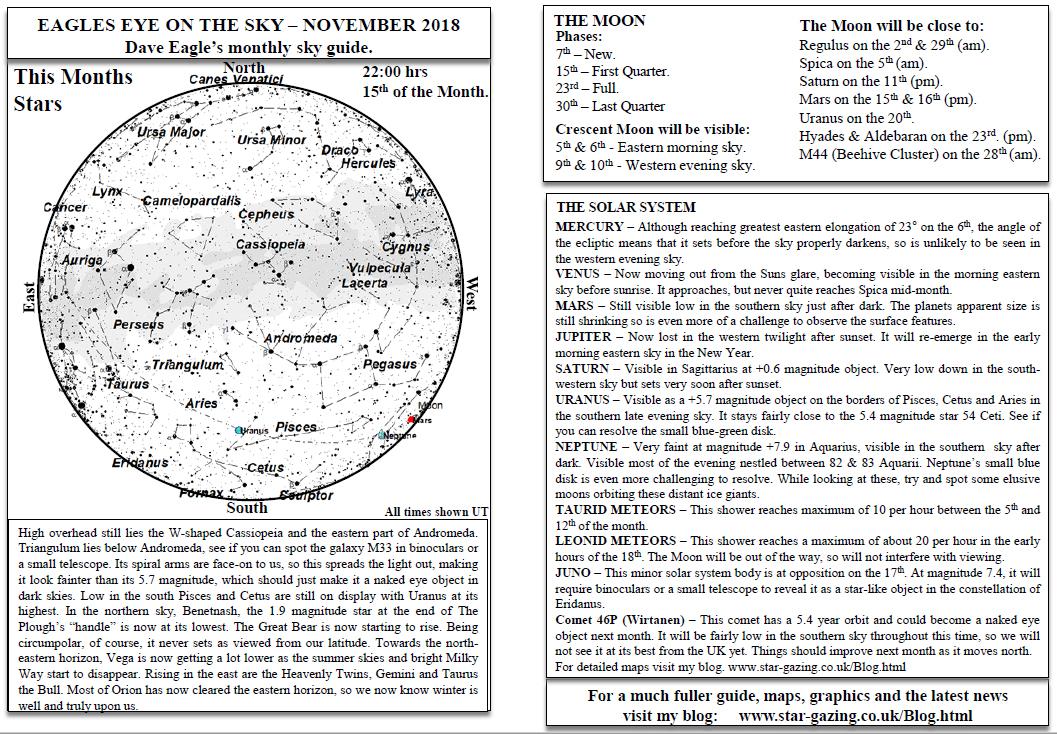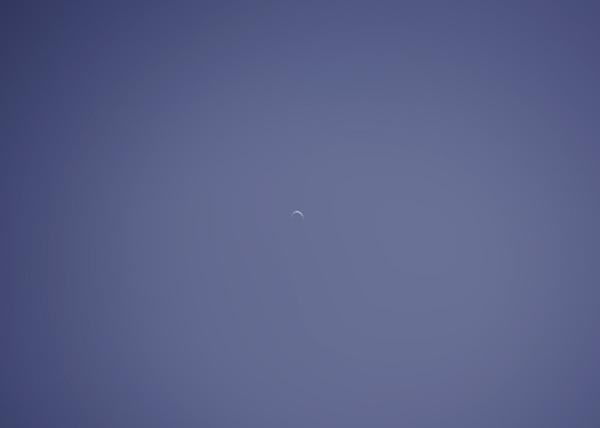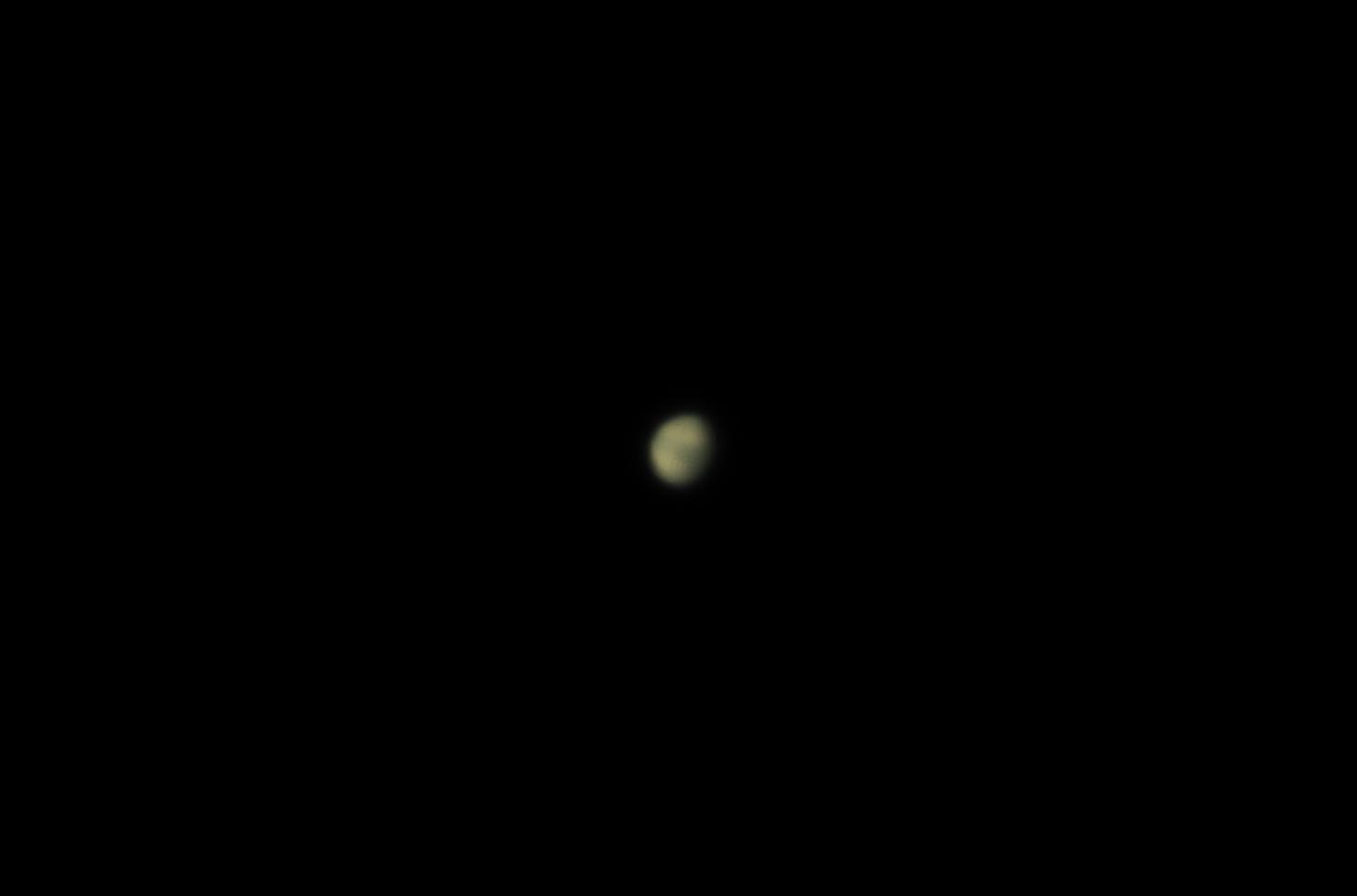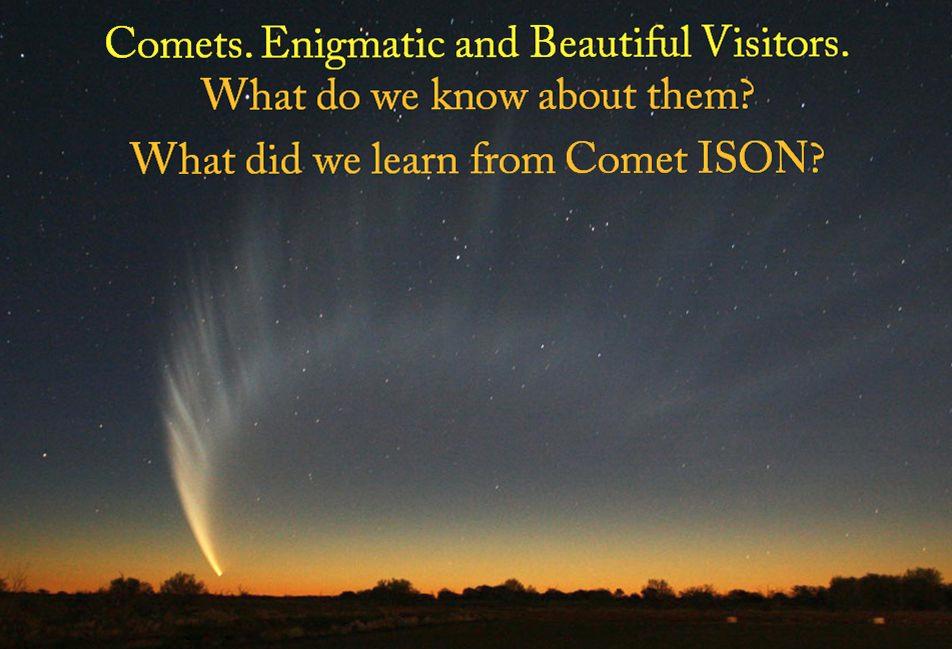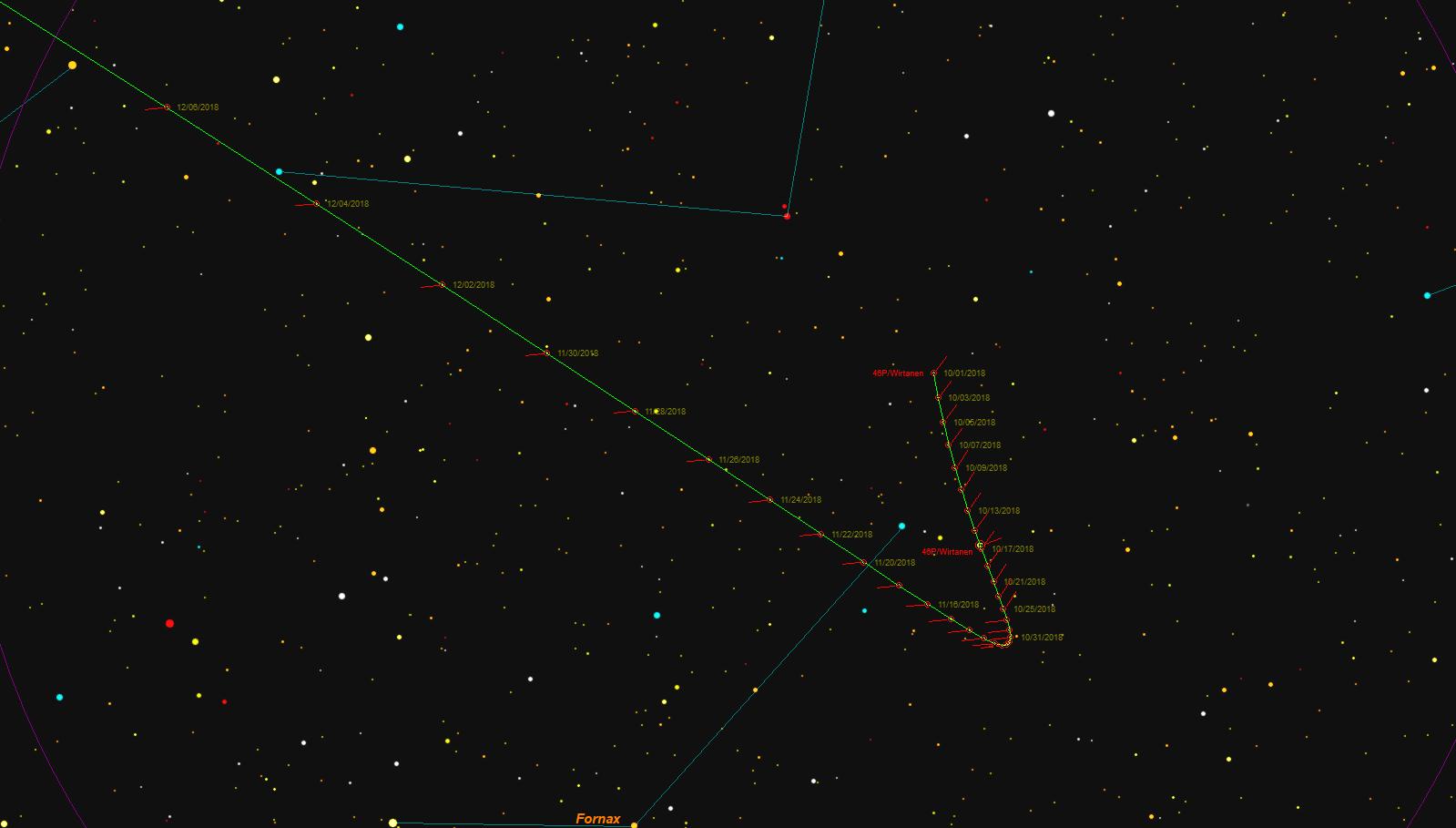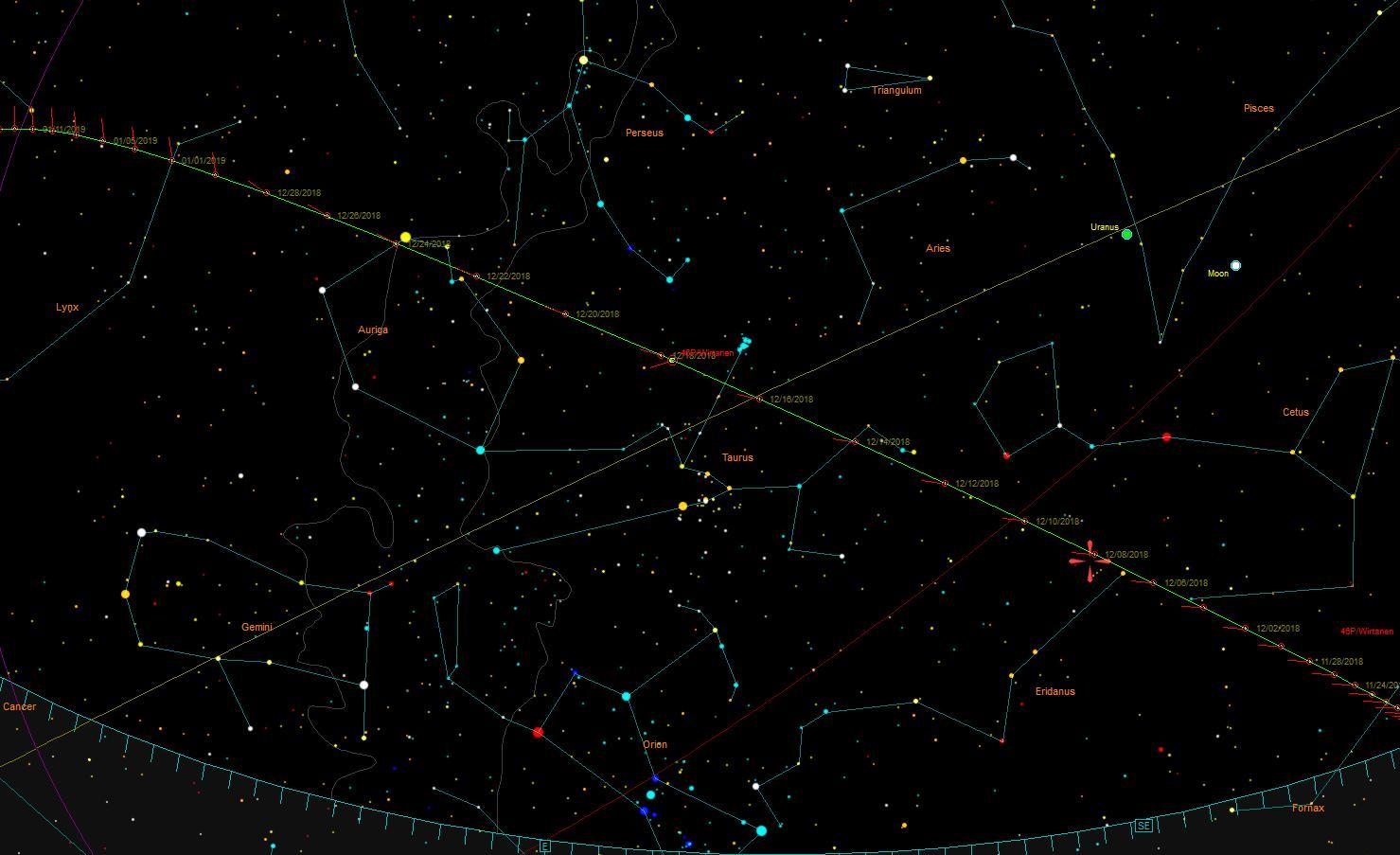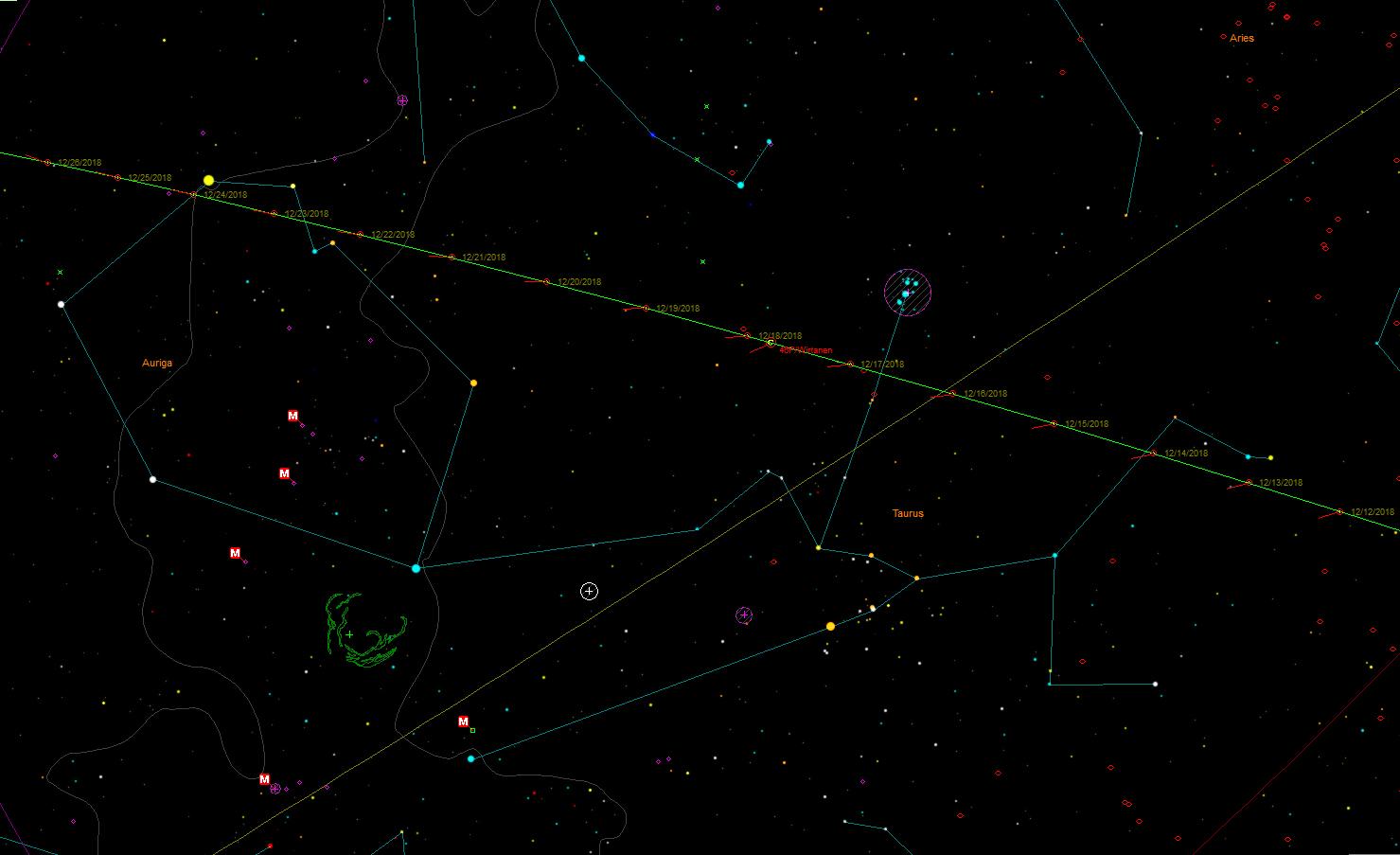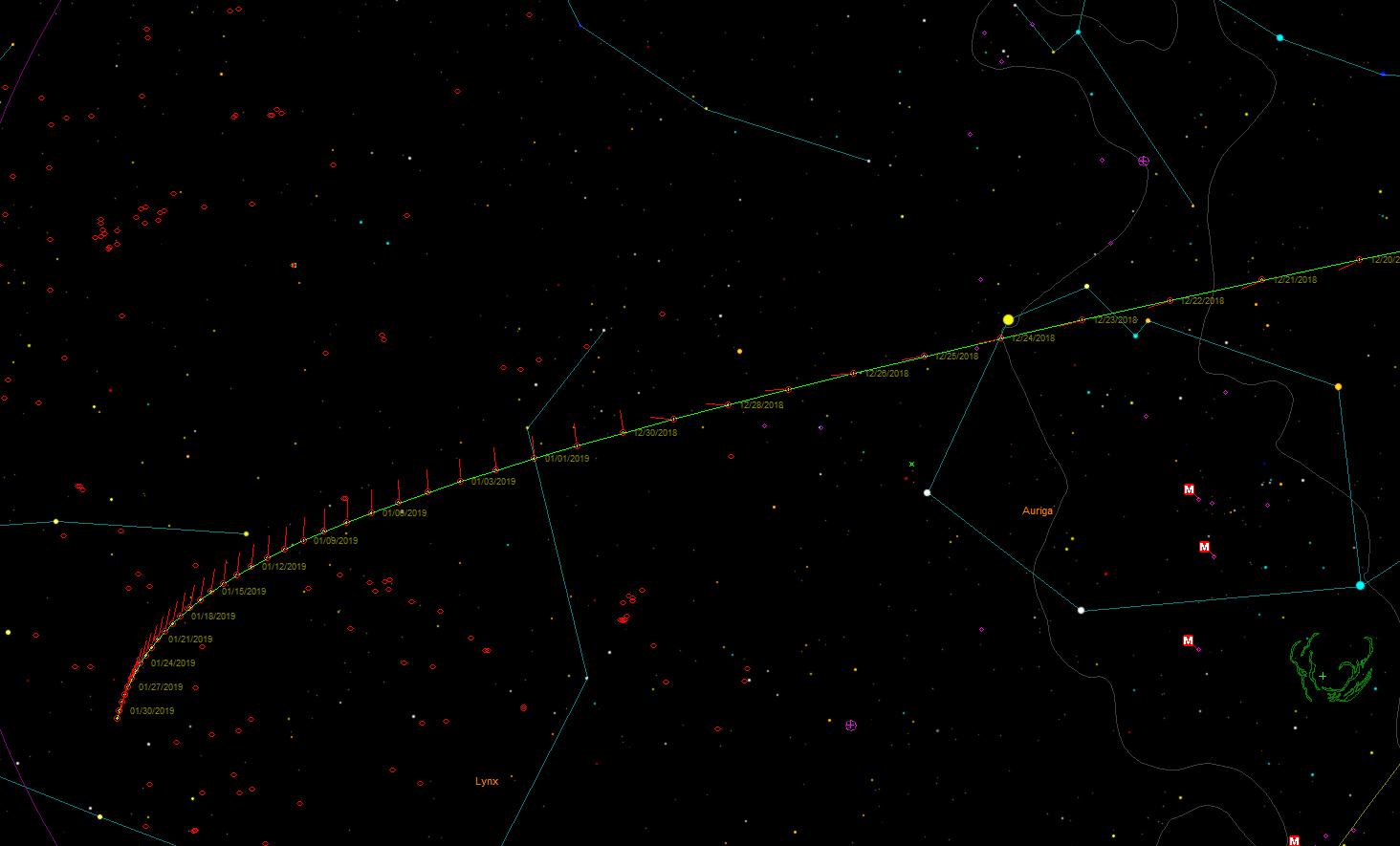In the early hours of Monday the 21st of January there is a total lunar eclipse.
This is caused by The Moon moving through The Earth’s shadow.
The Sun, Earth and Moon are completely lined up in a straight line, with The Earth in the middle.
Here’s a composite image of a lunar eclipse taken in 2007.

The complete eclipse is visible from the UK, although you will need to stay up until the early hours of the morning to view it. That is if the weather decides to co-operate with us.
At the start of the eclipse, The Moon will be 46° above the south-western horizon.
As the eclipse progresses, The Moon will get lower and lower in the sky.
At the end of the eclipse The Moon will very low in the north-western sky.
Make sure that you take this into account and view the eclipse with a clear horizon in this direction if you want to see it right up until the end.
For more details about the eclipse click here to visit Fred Espanek’s fabulous Web site for more details:
To learn how to photograph the Eclipse visit AstroBackYard’s Web site by clicking here.
The diagram below shows how the Moon goes into the Earth’s shadow.
I have added the times that The Moon reaches crucial points during the eclipse.
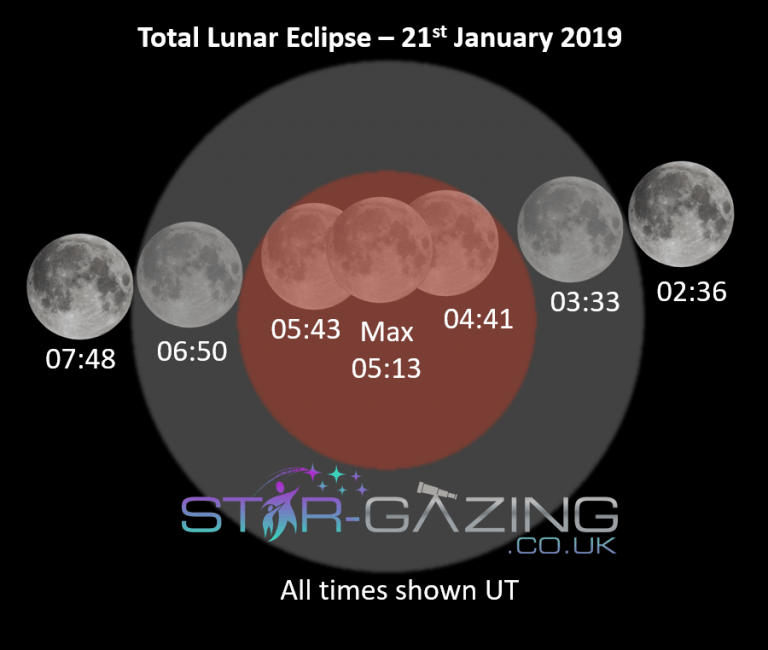
02:36 – The eclipse begins.
At this time The Moon’s limb touches the outer penumbral part of the Earth’s shadow.
It will slip gradually into this fainter shadow, but any change in brightness as the Sun’s direct light is cut off is unlikely to be noticed until it gets much deeper into the penumbra.
When The Moon is deepest into the penumbra, you may be able to see a bit of darkening of the left hand limb at this stage.
This is more noticeable if you take a slightly under-exposed image of the Moon just before the partial umbral phase begins.
03:33 – The Moon reaches the Earth’s darker umbral shadow.
At this time the drop-off of light on that side of The Moon is very dramatic as all direct light from the Sun is prevented from reaching the surface.
There will be very little colour for a while, but within about 30 minutes, as more of The Moon goes into the umbra, we should hopefully be able to see some red colour starting to appear on the Moon. The only light reaching the Moon’s surface within the Umbra is passing through the Earth’s atmosphere. Most of the blue in the sunlight is scattered in the Earth’s atmosphere, so predominantly red coloured light reaches the lunar surface.
The further The Moon moves into the umbra, the darker and redder it will become.
How dark will The Moon get?
That depends on two things:
1. How deep The Moon goes into the umbra.
During this eclipse The Moon passes a little bit north of the central shadow, so will be a bit brighter than other eclipses where the path is more central.
2. Cloud cover around the limb of The Earth. The more cloud there is, the less light reaches The Moon.
Of course we have trouble doing local weather forecasts, so don’t expect a forecast for around the whole circumference of The Earth!
04:41 – Totality begins.
The Moon is now completely within The Earth’s umbral shadow.
No direct light from the Sun reaches the lunar surface.
Hopefully we will now have a lovely glowing red Moon shining in the only light reaching the Moons surface.
As the ruddy Moon is a lot fainter than normal, longer exposures can be used to reveal the star background behind The Moon, without over-exposing it. These make for great images.
Also look out for a turquoise tinge at the beginning and end of totality, which is light passing through The Earth’s ozone layer.
See the image I took below during the 2015 lunar eclipse which shows this effect really well.
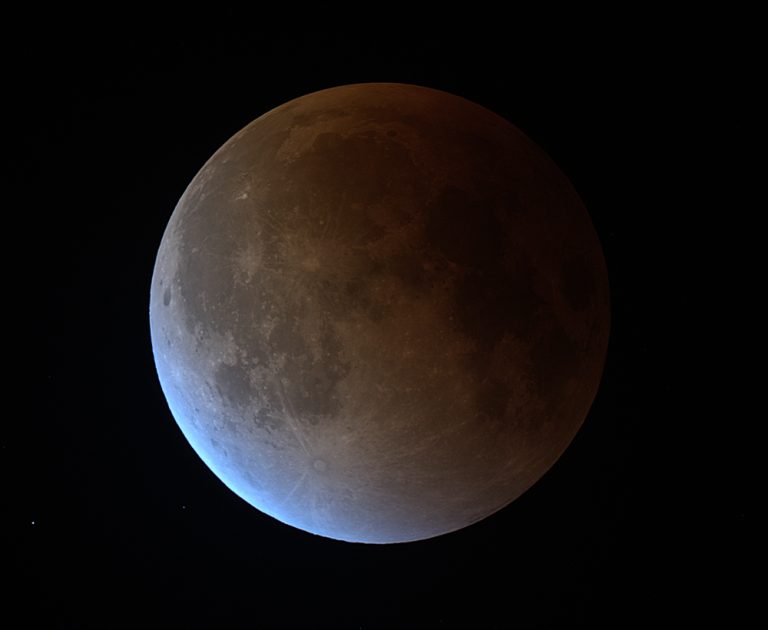
The area of the lunar limb towards the edge of the shadow (north) may appear to be a bit brighter throughout totality as it is not so deep within the umbra.
This is especially pronounced at the beginning and end of totality, when the Moon is closer to the edge of the umbra.
An long exposure of the eclipse from the 28th of September 2015, showing background stars.
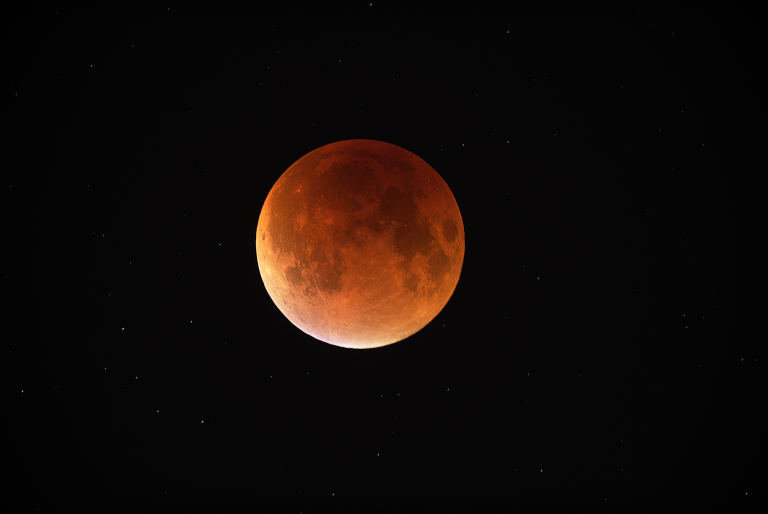
05:13 – Maximum Eclipse.
We are now halfway through the eclipse.
So now time to make the most of the next 30 minutes we have left of totality.
Just before totality ends, don’t forget to look out for that turquoise tinge, which is light passing through The Earth’s ozone layer.
05:43 – Totality ends.
The Moon has now started to move back into the lighter shadow of the penumbra.
Some direct sunlight is now hitting the lunar surface.
The brighter lit portion of The Moon gradually gets bigger until direct sunlight reaches all parts of The Moon’s visible disk.
Any red colour which may have been visible will fade as the portion directly lit by The Sun increases.
06:50 – Second penumbral phase begins.
A repeat of the first penumbral phase of the eclipse now plays out in reverse.
By this time, The Moon is getting very low in the north-western sky.
But don’t forget to look behind you (Yes, it’s that season!).
Venus and Jupiter will be visible over in the eastern sky, shining like bright beacons.
The sky should now be getting brighter as dawn approaches.
07:48 – Penumbral Eclipse ends. The end of the eclipse.
The show is now all over.
Hopefully, if the clouds co-operated, we will all be very happy, but very tired bunnies.
The sky will be very bright and it will be either time to go to bed, or to get ready to go to work.
I’ve got a few planetarium shows to do that day!
Here’s hoping for some happy eclipsing.

